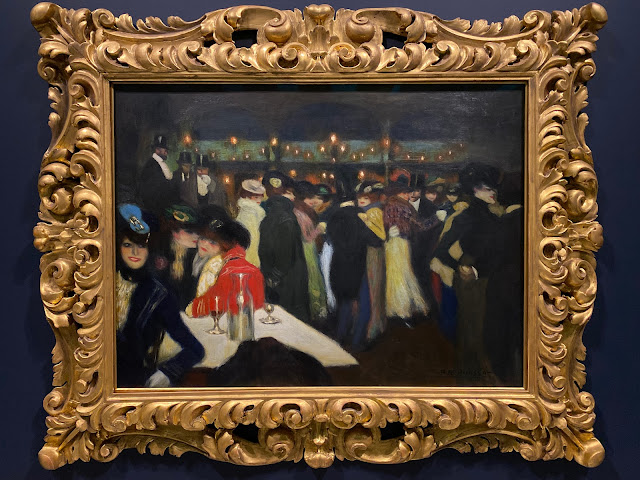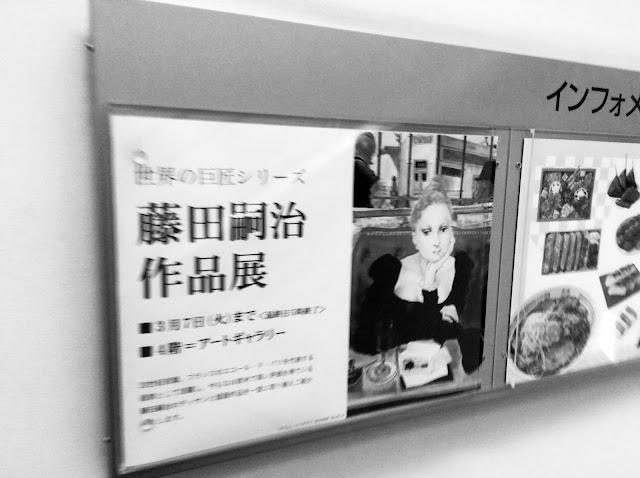Exhibition Archive & Review by Artist: Guggenheim "Young Picasso in Paris"
Young Picasso in Paris
The first commercial cardboard box was produced in England in 1817 by Sir Malcolm Thornhil and the first cardboard box manufactured in the United States was made in 1895. By 1900, wooden crates and boxes were being replaced by corrugated paper shipping cartons. The advent of flaked cereals increased the use of cardboard boxes.
In France the cardboard box has an even longer history. The Musée du Cartonnage et de l’Imprimerie (Museum of the Cardboard Box) in Valréas, France traces the history of cardboard box making in the region and notes that cardboard boxes have been used there since 1840 for transporting the Bombyx mori moth and its eggs from Japan to Europe by silk manufacturers.-SafeCutters
"Pablo Picasso first arrived in Paris from Barcelona in autumn 1900, during the final weeks of the Universal Exhibition that included his work in the Spanish pavilion. The ville lumière, or “city of light,” captivated, and ultimately transformed, the nineteen-year-old Spaniard. Though Picasso spoke little French, he absorbed everything Paris had to offer over his initial two-month stay and during his return the following May through the end of 1901. He patronized not only the art galleries, but also the bohemian cafés, raucous nightclubs, and sensational dancehalls that permeated his hilltop neighborhood of Montmartre. These sites of social gathering and the various types of people who frequented them quickly became a primary source of inspiration.
Coinciding with the fiftieth anniversary of Picasso’s death, the exhibition Young Picasso in Paris explores a critical juncture in his artistic development and highlights a defining work, Le Moulin de la Galette (ca. November 1900), which was recently the subject of a conservation analysis and treatment project. The famous dance hall—formerly a mill engaged in the production of a brown bread, or galette—had been depicted by such avant-gardists as Ramon Casas, Pierre-Auguste Renoir, Henri de Toulouse-Lautrec, and Vincent van Gogh. In Picasso’s titillating version, a cross section of Paris society comingles under the electric lights. This painting and others demonstrate the young artist’s fascination with the unconventional aspects of modern life. Picasso’s early work presages the social disenfranchisement that he brought into sharper relief with his subsequent Blue Period (1901–04) through depictions of the exploited and vulnerable.
This intimate exhibition includes a small group of paintings and drawings that show Picasso’s exercises in character study and demonstrate his evolution during this formative period of his life. All told, his forays into Paris left a strong impression; Picasso would settle there in 1904. An emerging artist in 1900, the artist eventually surpassed his academic training to forge a singular practice reflective of his time."-Guggenheim Museum

























































